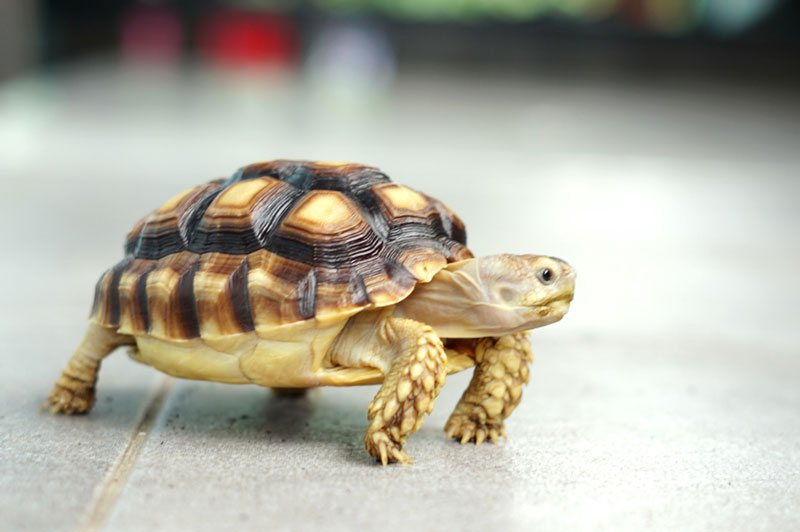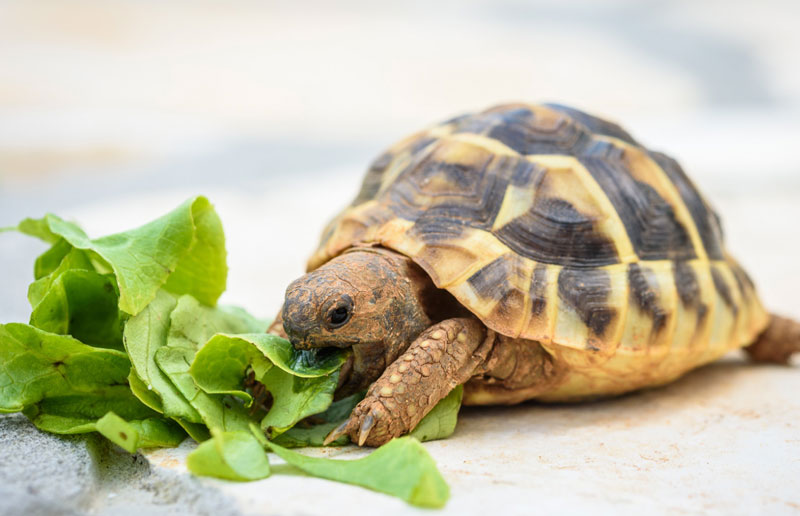How to Take Care of a Pet Turtle?
Owning a pet turtle can be a rewarding experience. Taking Care of a Pet Turtle is a crucial part of ensuring these fascinating creatures become delightful companions. In this guide, you will find everything you need to know about the best conditions for a turtle habitat, what to feed your pet turtle, and how to keep your turtle healthy.

What Are the Best Conditions for a Turtle Habitat?
Creating the perfect habitat for your pet turtle is crucial for its well-being and longevity. A well-maintained habitat mimics the turtle’s natural environment, allowing it to thrive.
Firstly, the size of the tank matters. Turtles need space to swim and explore. A 40-gallon tank is suitable for smaller species, but larger species may require up to 120 gallons. Water quality is another critical aspect. Invest in a good filtration system to keep the water clean and reduce waste buildup. Turtles are prone to respiratory infections if the water quality is poor.
Lighting and heating are essential for maintaining a turtle’s health. They need UVB lighting for 10-12 hours a day to process calcium properly and prevent metabolic bone disease. A basking area is also necessary, with a temperature of 85-90°F. The water temperature should be between 75-80°F for tropical species and 70-75°F for temperate species.
Substrate selection is important but can vary. Sand is suitable for aquatic turtles, while a mixture of soil and coconut fiber works well for terrestrial species. Decorate the habitat with rocks, plants, and hiding spots to make it more enriching. Lastly, cleanliness is key. Regularly clean out old food, waste, and perform partial water changes to keep the habitat hygienic.
What Should You Feed Your Pet Turtle?

How to Keep Your Turtle Healthy?
Maintaining your pet turtle’s health is a vital aspect of responsible ownership. Regular health checks and a good understanding of common ailments can go a long way in ensuring your turtle’s well-being.
Lastly, create an environment free from stress. Avoid sudden changes in their habitat and handle your turtle gently. Regular interaction can make your pet comfortable with human presence, fostering a stress-free environment.
Conclusion
Taking care of a pet turtle involves providing the best habitat conditions, a balanced diet, and proactive health care. By following these guidelines, you can ensure your turtle remains healthy and happy. These intriguing pets can offer years of companionship, and with proper care, you’ll enjoy a fulfilling relationship with your shelled friend.
FAQs
Are pet turtles easy to take care of?
While pet turtles are relatively low-maintenance compared to some other pets, they still require specific care for their habitat, diet, and health. Ensuring these needs can make turtle care quite manageable.
What not to do with a pet turtle?
Avoid feeding them incorrect food, such as dairy or processed human food. Don’t keep them in unfiltered or dirty water. Also, avoid handling them excessively as it can cause stress.
What is the lifespan of a pet turtle?
Depending on the species, pet turtles can live between 20 to 50 years or more. Proper care, including an appropriate diet and a clean habitat, can significantly extend their lifespan.
